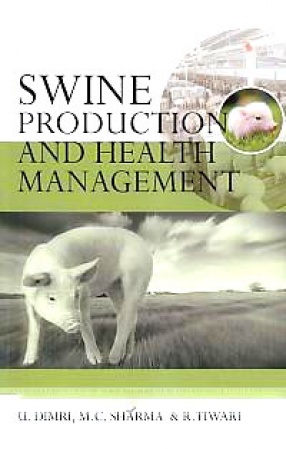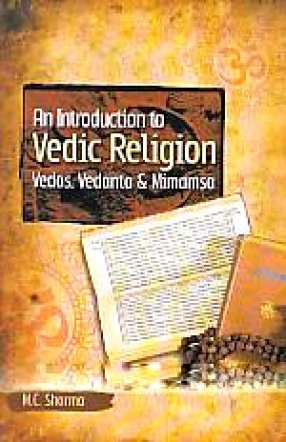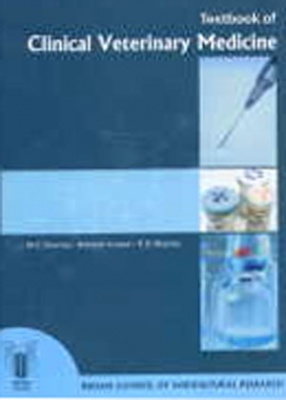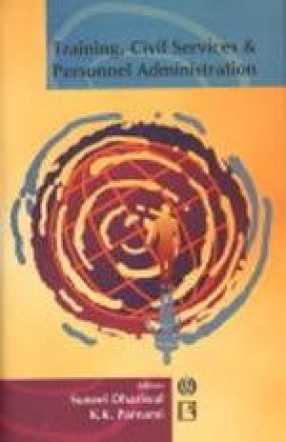The origin of district administration in India, as a unit of governance, goes back in time. The Mughal rule had an organization for administration at the district equivalent level. In British times, the district in its modern from took shape and the institution of the Collector became the eyes and ears of the administration. After independence, with the launching of development programmes, the powers and functions of the Collector increased immensely. Today, it is at the level of the district that the policies of the government are translated into practice and the problems of local people are understood and communicated to the state government. Truly, today, the district is such a unit of administration with which every citizen comes into the direct contact. The Collector, as the head of the district administration, occupies a unique position in the Indian administrative system. He performs a number of functions in his varied capacities. Essays in the present volume, which encompass a period of almost 50 years, provide a fascinating review of the gradual transformation of the office of the Collector in the field of development and general administration. It is hoped that not only students, teachers and practitioners of Public Administration and Government would benefit from it, but also all those interested in development, in management of local issues and implementation at the field level, in district and decentralized planning, and in how to improve administration in India.
Swine Production and Health Management
$40.50
$45.00









There are no reviews yet.